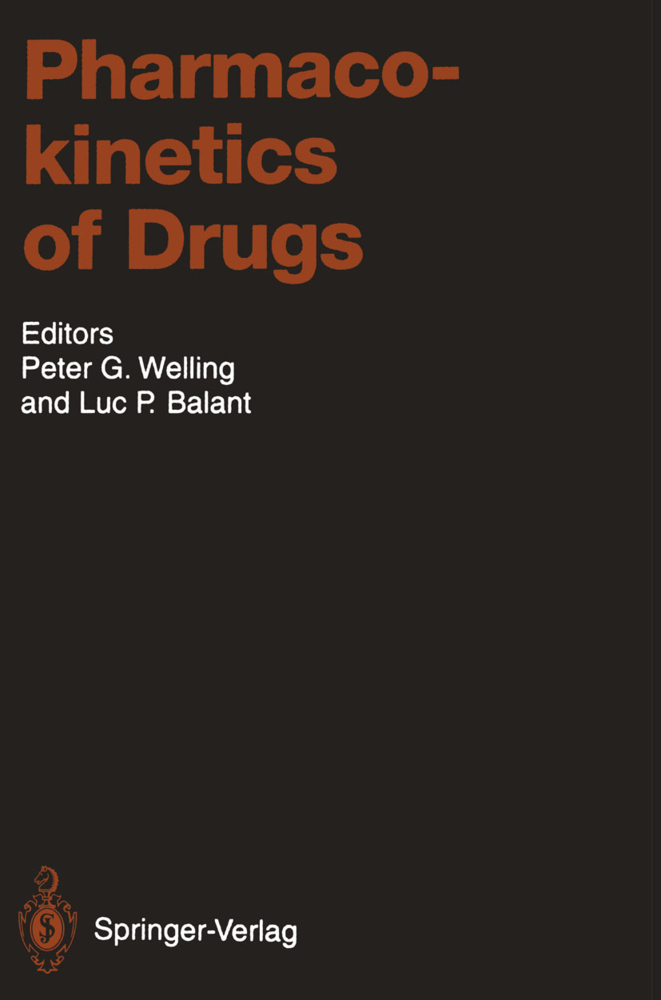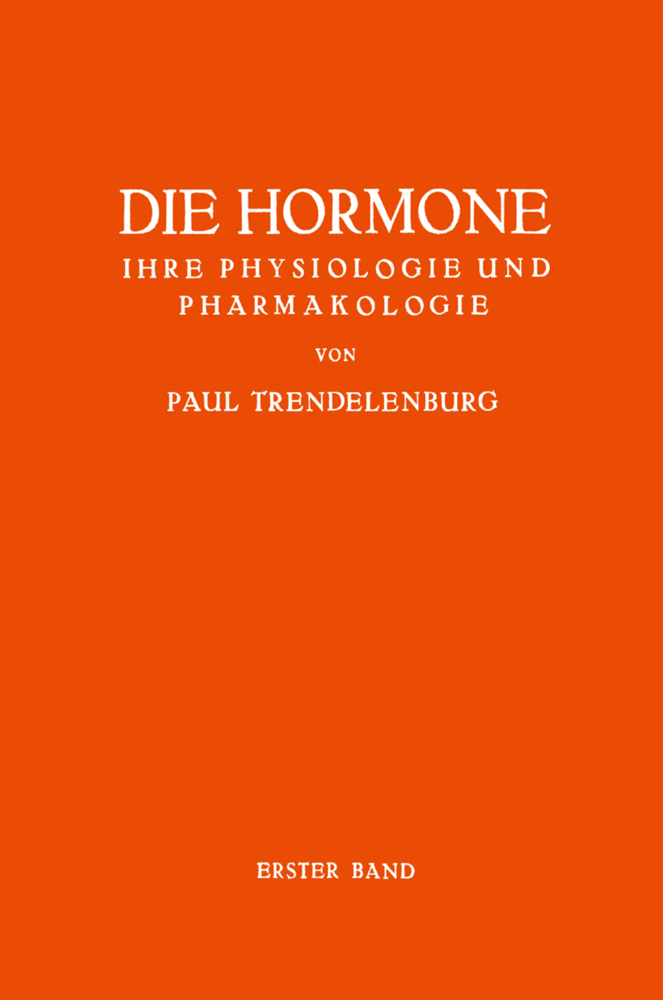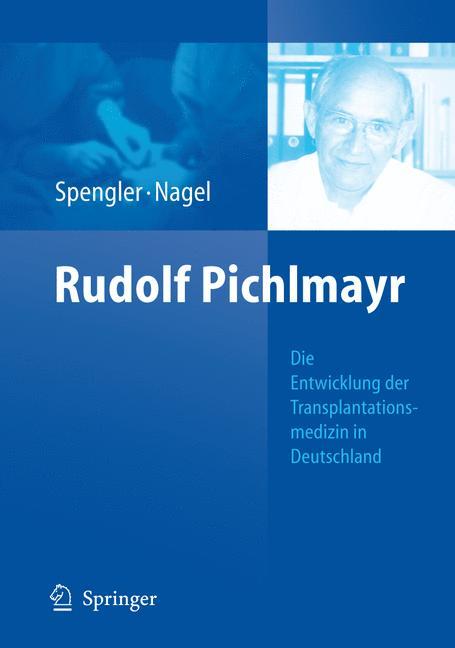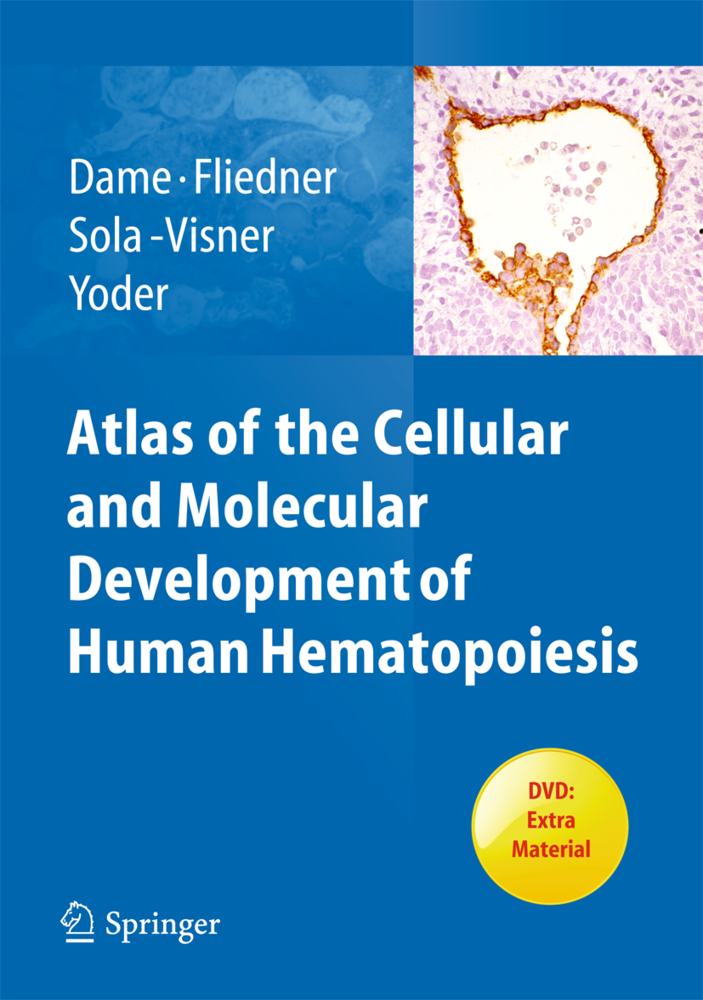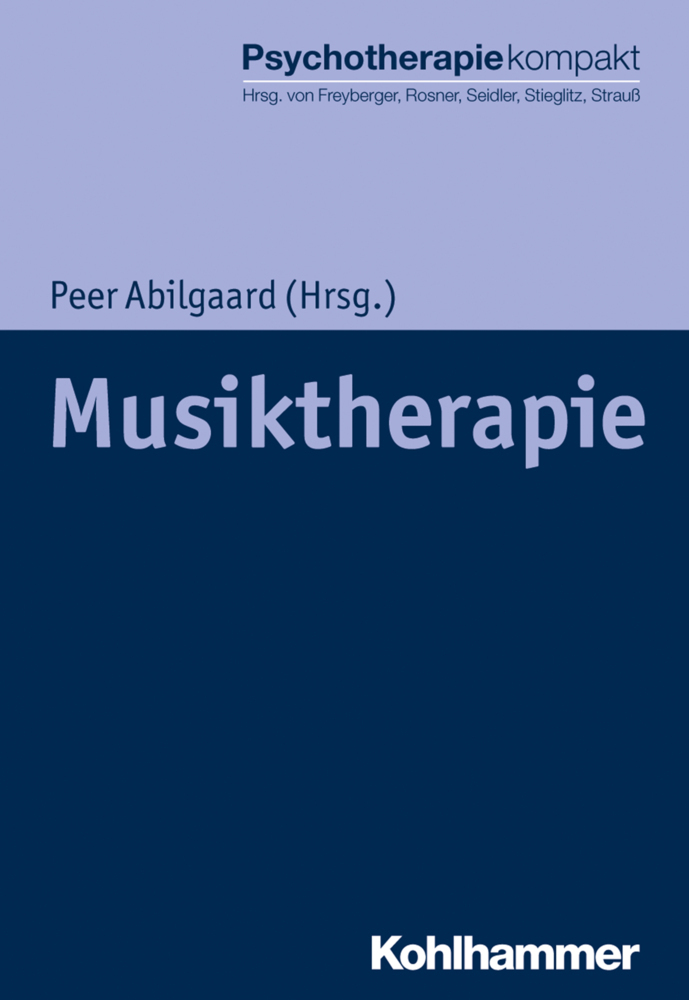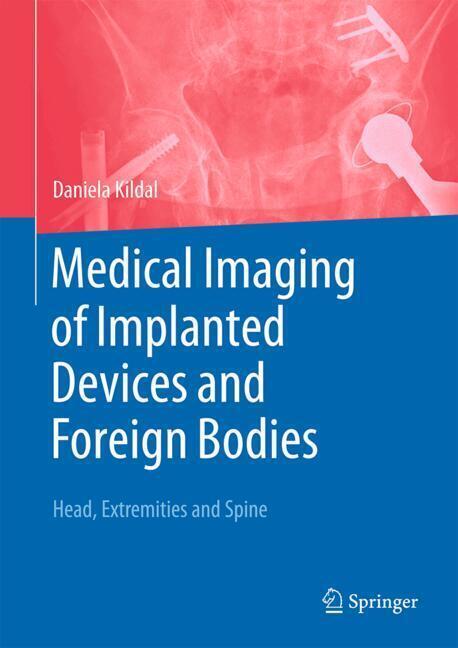Pharmacokinetics of Drugs
Pharmacokinetics of Drugs
The author of this Foreword has recently retired after spending 25 years in academia and 15 years in the pharmaceutical industry. Most of this time has been spent following and, hopefully in some instances, contributing to advancement of the discipline of pharmacokinetics. During the last 40 years, pharmacokinetics has grown from a fledgling in the 1950s to an adult in the 1990s. The late development of the discipline of pharmacokinetics, relative to other disciplines such as chemistry, bio chemistry, and pharmacology, probably stems both from general ignorance of the importance of the time course of concentration-effect relationships in drug therapy and from our technical inability to do anything about it had we been more enlightened. Just as the end of the historical dark ages had to await the beginning of the Carolingian revival, so the end of the pharma co kinetic dark age had to await the discovery of adequate analytical methods and also an intellectual leap of faith to accept that drug action is in some way dependent on receptor site occupancy, and therefore on drug con centration. The recent evolution of pharmacokinetics has occurred in three phases which may be identified as those of discovery, stabilization, and rationaliz ation. The discovery phase, which occurred in the 1950s and 1960s, esta blished the mathematics and concepts of "modern" pharmacokinetics and sought areas of application, ranging from model-independent methods, through compartment approaches, to complex physiological models.
B. Analytical Methods
2 Contemporary Aspects of Radioimmunoassay Development for Drug Analysis
3 Mass Spectrometry in Drug Disposition and Pharmacokinetics
4 Analytical Methods for Biotechnology Products
C. In Vitro Methods-Protein and Tissue Binding
5 Metabolism: Scaling-up from In Vitro to Organ and Whole Body
6 Gastrointestinal Transport of Peptide and Protein Drugs and Prodrugs
D. Classical Problems
7 Stereoselectivity in Metabolic Reactions of Toxication and Detoxication
8 Interethnic Differences in Drug Disposition and Response: Relevance for Drug Development, Licensing, and Registration
9 Clinical Relevance of Pharmacogenetics
10 Role of Environmental Factors in the Pharmacokinetics of Drugs: Considerations with Respect to Animal Models, P-450 Enzymes, and Probe Drugs
11 Time Course of Drug Effect
E. Future Trends in Pharmacokinetics
12 Biotechnology Products
13 Peptide and Protein Drugs
14 Toxicokinetics
15 The Population Approach: Rationale, Methods, and Applications in Clinical Pharmacology and Drug Development
F. Impact of New Methods on Pharmacokinetics
16 Contribution of Positron Emission Tomography to Pharmacokinetic Studies
17 In Vivo Imaging in Drug Discovery and Design
G. Appendix
18 Considerations on Data Analysis Using Computer Methods and Currently Available Software for Personal Computers.
A. Introduction
1 Role of Pharmacokinetics in Drug Discovery and DevelopmentB. Analytical Methods
2 Contemporary Aspects of Radioimmunoassay Development for Drug Analysis
3 Mass Spectrometry in Drug Disposition and Pharmacokinetics
4 Analytical Methods for Biotechnology Products
C. In Vitro Methods-Protein and Tissue Binding
5 Metabolism: Scaling-up from In Vitro to Organ and Whole Body
6 Gastrointestinal Transport of Peptide and Protein Drugs and Prodrugs
D. Classical Problems
7 Stereoselectivity in Metabolic Reactions of Toxication and Detoxication
8 Interethnic Differences in Drug Disposition and Response: Relevance for Drug Development, Licensing, and Registration
9 Clinical Relevance of Pharmacogenetics
10 Role of Environmental Factors in the Pharmacokinetics of Drugs: Considerations with Respect to Animal Models, P-450 Enzymes, and Probe Drugs
11 Time Course of Drug Effect
E. Future Trends in Pharmacokinetics
12 Biotechnology Products
13 Peptide and Protein Drugs
14 Toxicokinetics
15 The Population Approach: Rationale, Methods, and Applications in Clinical Pharmacology and Drug Development
F. Impact of New Methods on Pharmacokinetics
16 Contribution of Positron Emission Tomography to Pharmacokinetic Studies
17 In Vivo Imaging in Drug Discovery and Design
G. Appendix
18 Considerations on Data Analysis Using Computer Methods and Currently Available Software for Personal Computers.
Welling, Peter G.
Balant, Luc P.
Wagner, J.G.
Amidon, G.L.
Bai, J.P.F.
Balant, L.P.
Barksdale, C.M.
Blair, I.A.
Breimer, D.D.
Chiba, M.
Delforge, J.
Eichelbaum, M.
Ferraiolo, B.L.
Fischman, A.J.
Gex-Fabry, M.
Holford, N.
Kantrowitz, J.
Kroemer, H.K.
Ludden, T.M.
Mayer, J.M.
Maziere, B.
McMartin, C.
Minkus, G.
Mohler, M.A.
Nordblom, G.D.
O'Neill, R.
Pang, K.S.
Pelkonen, O.
Racine-Poon, A.
Rubin, R.H.
Steimer, J.-L.
Stewart, B.H.
Strauss, H.W.
Testa, B.
Vozeh, S.
Welling, P.G.
Wills, R.G.
Yacobi, A.
| ISBN | 978-3-642-78682-2 |
|---|---|
| Artikelnummer | 9783642786822 |
| Medientyp | Buch |
| Auflage | Softcover reprint of the original 1st ed. 1994 |
| Copyrightjahr | 2011 |
| Verlag | Springer, Berlin |
| Umfang | XXVI, 537 Seiten |
| Abbildungen | XXVI, 537 p. |
| Sprache | Englisch |

